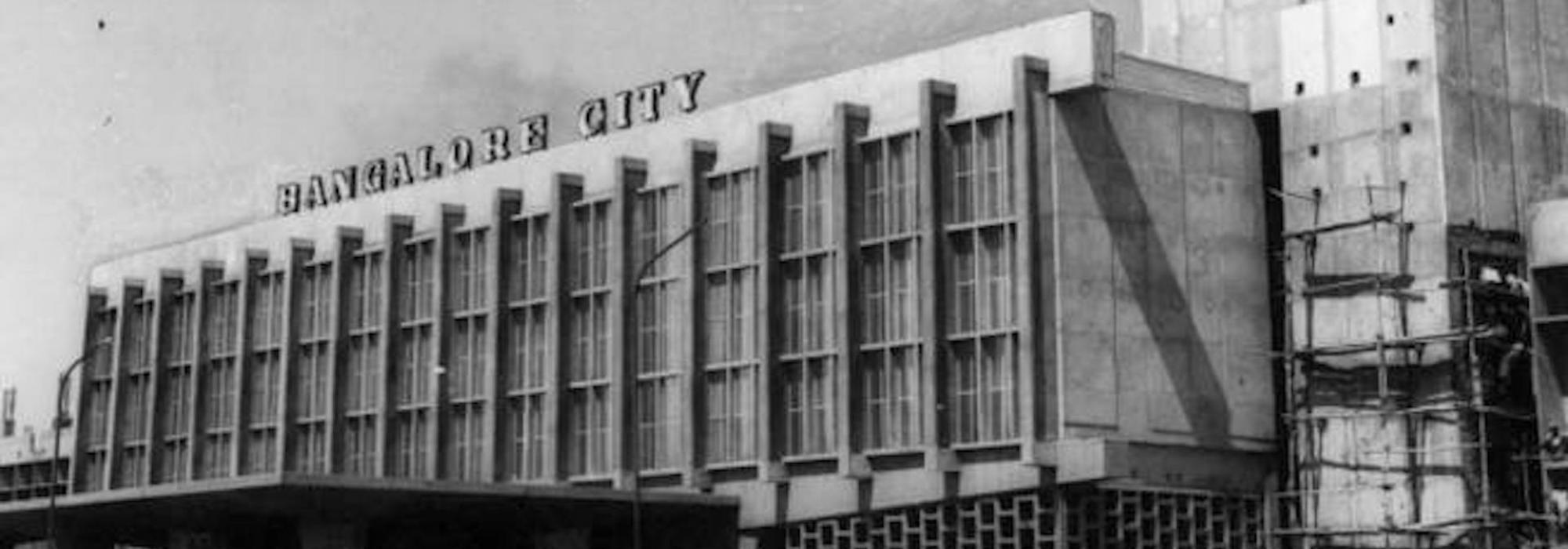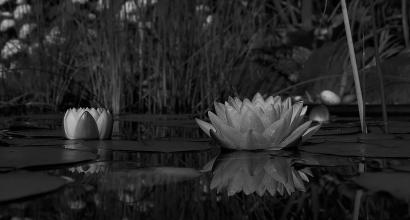Organizer of Society
One of the vows of DVG’s life was to infuse dynamism in society. He made one or the other attempt in this direction for about fifty or sixty years.
Around the decade of 1910, DVG lent his wholehearted support to numerous endeavours that encouraged widow remarriage. Chakravarthy Venkatavarada Iyengar who established the Abalashrama in Bangalore had DVG’s active participation that contributed to its growth. In several widow remarriage ceremonies, DVG personally donned the attire of a tradition Purohit, chanted the wedding mantras that he knew and officiated the marriage. The atmosphere in those days was not conducive to enlist the services of traditional Purohitas.
******
People who aspired to become doctors also needed to be acquainted with good literature—those who lacked knowledge of literature would find it difficult to understand human nature: this was the opinion of Dr. K. Gundanna, the renowned doctor in the Bangalore of those days. He informed DVG that this message had to be propagated widely. DVG was highly impressed by his argument. Whenever he found the opportunity, he advocated it (those in official positions listened to it but continued to remain silent!).
DVG continued to make such and related attempts from time to time. It was rare for factory workers to find opportunities to imbibe the finer aspects of culture; that it was the duty of the management to create an conducive atmosphere where the attention of the workers would flow towards culture and refinement; that due to this, the competence of the workers would only be enhanced and that this ultimately would only prove profitable to the management – he endorsed this point in the numerous letters that he wrote to prominent businessmen. These suggestions earned great esteem from organisations such the Bell Telephone Company in America.
It was DVG who invested great effort to organize Gandhi’s first ever public meeting in Bangalore – in May 1915 through an organization named Social Service League, which he had himself founded. This programme was attended by luminaries not just from Bangalore, but was also graced by Mysore’s M. Venkatakrishnayya (‘Tatayya’) and “Natyakalaaprapoorna” Sri Raghavacharya from Bellary. The event became a great milestone in the public life of Bangalore.
Although DVG disagreed with various political stances of Mahatma Gandhi, he had been impressed by the loftiness of Gandhi’s personality. This kind of mental serenity is possible only for persons endowed with an inner life that has attained ripeness.
DVG published an appeal in his Karnataka paper to assist Gandhi’s Satyagraha in South Africa. In response, he collected ₹ 1800 and sent it to Gandhi through the Madras-based publisher and journalist, G.A. Natesan.
Gandhi’s son, Devdas Gandhi was close to DVG. On one occasion, DVG invited Devdas Gandhi to his home, extended warm hospitality to this guest and honoured him.
(An interesting tidbit in this connection: in those days, DVG’s father was staying with him. It was his father’s habit to ask of any new guest, ‘which people are you?’ ‘what varna do you belong to?’ and so on. DVG cooked up a story saying, ‘He is an illustrious man from Gujarat,’ and pacified his father.)
Gorur Ramaswamy Iyengar recalled an incident in which DVG wore khadi and participated in a programme aimed at showing support for Gandhi’s Salt (Dandi) Satyagraha.
DVG once told me this: “Whenever I think about Gandhi, I recall the words F.W. Meyers said in connection with Mazzini.” (The words: “Our admiration and adoration for Mazzini is so great that we would not that little men should so much as praise him.”)
There was an empty room adjoining the Irish Press owned by K.S. Krishna Iyer in Siddikatte in Bangalore. It was in this room that the Popular Education League was born thanks to the idea seeded by DVG, M.G. Varadachar and others. It had a library and every Sunday, a discourse by an eminent person was hosted here. On some occasions, poetry recitation and exposition was also conducted. On Deepavali, sweets and clothes were distributed to helpless leprosy patients in the Magadi Road Leprosy Hospital and a couple of other hospitals in the city. These were among some of the achievements of the Popular Education League. This institution carried out truly praiseworthy services for about four or five years and then shut down.
A Night School was established in the name of Gopala Krishna Gokhale in Kemmangundi Road (today’s Good Shed Road) for the benefit of millworkers. After running the school for about three years, the management of the school was handed over to the Government. With that, the Popular Education League met its death.
Another institution that began in the selfsame Krishna Iyer’s Irish Press was the Bangalore Study Club. DVG, Dr. K. Kunhikrishnan (from the Agriculture Deparment), C.S. Anantapadmanabha Iyer (high school teacher) and others lent their enthusiastic cooperation to this endeavor as well. The arrangement was as follows: all the friends (read: members) had to meet once a month, have meals, discourses, and discussions. In the end, it was said that meals gained the upper hand over discourses and discussions and the attempt had to be abandoned.
Yet another such attempt was the Mysore Mahajanasabha which began in 1917-18. Its purpose was to make a thorough study of public problems disregarding caste differences and write a detailed appeal to the Government regarding these problems. Rao Bahadur K. Srinivasa Rangachar, the retired chief of the postal department was the chairman of this institution for some time. Members included eminent people like the lawyer A.R. Nageshwar Iyer, C. Krishnamurthy, and the litterateur, M.S. Puttanna.
A detail related to the functioning of the institution:
The purpose of the Mysore Mahajanasabha is to meet on Sundays. But at what time? Sri Srinivasarangachar’s objection is that the Rahukala will set in if we meet at 4:30 in the afternoon. If we decide to meet at four, it is too early. Lawyers don’t have free time even on Sundays.
In this manner, we had elaborate discussions and finally arrived at a decision: we shall begin to have snacks at four! Which means the meeting would have begun before 4:30 PM. By the time the items have all been consumed and it is time to begin the speech, the time would be 4:30. Because the meeting would have begun much earlier, the trouble of Rahukala will not exist.
However, the folks who would be present during snack time wouldn’t be present when the meeting started. They would cite some excuse and depart.
Although such experiences occurred incessantly, DVG didn’t give up his attempts and persisted for several years.
To be continued











































